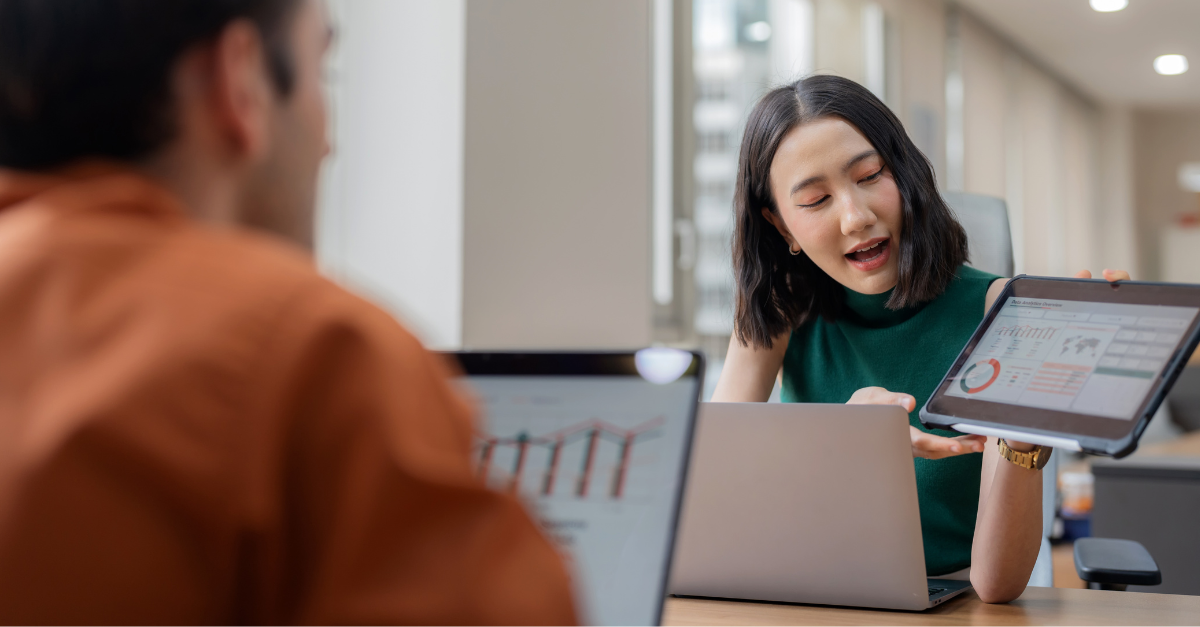COVID-19 has had an unparalleled effect on society and our global economies. There are already definite indications that many of technological solutions developed during this time should see accelerated adoption in the upcoming months, as individuals become even more digitally oriented while working remotely.
Experts are divided on the effects COVID-19 will have specifically as it relates to the Internet of Things (IoT), its innovative technologies, and its implementations. But the outlook seems very positive when looking at recent advances in connectivity, IoT software and hardware, security, as well as the number of globally connected IoT devices.
In the coming months, businesses will be forced to automate their operations even further. COVID-19 has changed the nature of working conditions in companies all over the world. Everyone has been forced to evolve and adapt to the new normal. On top of that, companies will want to build more resilience to flourish in a COVID-future.
IoT technology leaders are currently working on further real implementations of available IoT techniques. While IoT has been growing for the last few years, it is set to skyrocket within the next year or two. More sectors and industries will look to IoT going forward to entice customers, expand their brands, and enhance customer experiences. In the same way, IoT manufacturers will be required to deliver even more comprehensive – and secure – IoT devices. Here’s what we have seen so far:
1. Drones became extremely useful
No longer seen as mere weapons of war and obscurity, drones assisted and rose to prominence during the last few months as the pandemic made its way around the world:
- In Xinchang County, a drone delivery system delivered medical supplies over more than 300 individual flights
- Many countries used drones for monitoring and surveillance of public spaces
- They were used to spread information and broadcast important information
- One agricultural drone manufacturer transformed over 2500 drones into disinfectant sprayers
2. Enterprise technologies, including smart devices and wearables, are booming
Certain enterprise technologies became extremely important such as:
- The infrastructure required for remote work - e.g. tablets, laptops, connectivity, remote access, and remote work security, etc.
- Tools that enable online collaboration - e.g. team chat, project planning, video conferencing, etc.
- Infrastructure as it relates to virtualization - e.g. remote desktops
- Safety and security technology
- Security software for remote workers
- Support services
The use of smart devices has risen during the pandemic – not only for their ability to provide entertainment at a time when millions of people have been stuck indoors due to shelter in place recommendations, but also as a way to promote safety in the form of wearables. One device, for example, helps alert the wearer when he or she is too close to another employee, encouraging social distancing to keep workplaces safe.
Zoom must be one of the biggest winners of COVID-19. The video conference platform's continued appeal has led to major changes within its software and source code after its initial challenges when its user base grew from around 19 to over 200 million users over the course of three months.
3. The popularity of IoT health applications continues to rise
Apart from service providers focused on securing IoT home networks, IoT solutions targeted towards the healthcare industry have been on the rise. This includes:
- Telehealth consultations. Doctors are increasingly seeing their patients via video conferencing where lockdowns are still in effect. One prime example is Stanford Children's Health Hospital, which now has up to 620 digital visits a day (up from 20).
- Digital diagnostics. Many of these digital diagnostics solutions are still being tested, however consumers will likely be leading the way. For example, digital thermometer manufacturer Kinsa experienced a massive rise in usage as the pandemic swept through the US.
- Remote monitoring. Remote monitoring is also on the rise, especially with regard to the elderly. Livongo Health, a range of remote IoT monitoring devices for "chronic diseases," has expanded its quarterly guidance in April of 2020.
- Robot assistance. In China, in particular, robots were used to sanitize and disinfect hospitals and to supply medicines.
Internet of Medical Things
The CDC estimates that the number of health-acquired infections in US hospitals alone is 1.7 million per year (the number of people infected during a medical visit). Not only does this increase during pandemics, but it also leads to shortages of health professionals and medical supplies when we need them most.
The Internet of Medical Things (IoMT) poses an interesting solution to this particular problem. Research has shown that as many as 70% of healthcare professionals already make use of a variety of IoMT devices, which is great news in light of subsequent mitigations of pandemics. But it also poses new security risks when it comes to personal or sensitive data. The underlying genius of IoT is that it can turn any object to a data source.
When it comes to IoMT, the "object" is always health-related, whether it is a wheelchair, a heart rate monitor, or any other wearable health device. As these objects generate a steady stream of patient-generated health data (PGHD), it can be used to assess a patient's condition. On a wider scale, the collection of data from treatment groups could also be used to support clinical studies and further development.
Installing more digitization and innovations in health facilities, such as IoMT bedside devices and applications, will lead to less interaction with infectious patients and better staff protection. The ability to evaluate patient data remotely will reduce the obligation and duration of hospital visits. This goes hand-in-hand with technological developments, including remote doctor visits, remote diagnosis, and monitoring.
Although it is important to note that IoMT and automation are on the rise, technology does not replace the human-to-human element that is a key part of patient care. If anything, IoMT gives doctors more time to focus on the human aspect of their work, such as patient and family consultations.
IoMT also improves community-based remote care for the elderly and those with chronic illnesses, which may lead to a significant reduction in exposure of the most vulnerable members of society in a situation such as that of the current COVID-19 pandemic.
The ability to care for the elderly with the smallest amount of interaction is vital if we are to avoid putting their lives at risk during a pandemic. With medical sensors, virtual assistants, and smart homes, we can keep our vulnerable groups physically and mentally safe.
Security Threats
In general, the discussion on IoMT and IoT is never complete without recognizing its privacy and security concerns. Although technology has advanced enough to transfer data back and forth between the cloud and a multitude of connected devices, IoT device and data security remain a matter of concern.
With privacy scandals, data leaks, geo-restrictions, and censoring making headlines and impacting lives every day, VPNs have risen to prominence. These data privacy considerations also explain why healthcare professionals must be extremely cautious of just how much customer interaction IoMT is mobilizing.
Patients are justifiably anxious about an intelligent, advanced wearable sensor that continuously transmits sensitive data about their health condition. Furthermore, data privacy becomes a highly sensitive matter in the event of a pandemic – for example, when it comes to contact tracing.
IoT security concerns or its vulnerabilities need to be tackled by manufacturers and developers before devices get distributed to healthcare consumers. Addressing these concerns in a consistent way will require a collaborative effort from the economic, legislative, medical, and technology sectors. From a technical perspective, there is already a huge amount of advancements in place to protect devices or their related software from hacks.
Establishing consumer confidence in the way providers handle their personal data remains an open question. IoT technology can lead the way in helping prevent and manage current and future pandemics. When deployed on a grand scale, the IoT can provide mankind with an unparalleled amount of data and analytics in the face of catastrophes.
Note: This blog article was written by a guest contributor for the purpose of offering a wider variety of content for our readers. The opinions expressed in this guest author article are solely those of the contributor and do not necessarily reflect those of GlobalSign.







